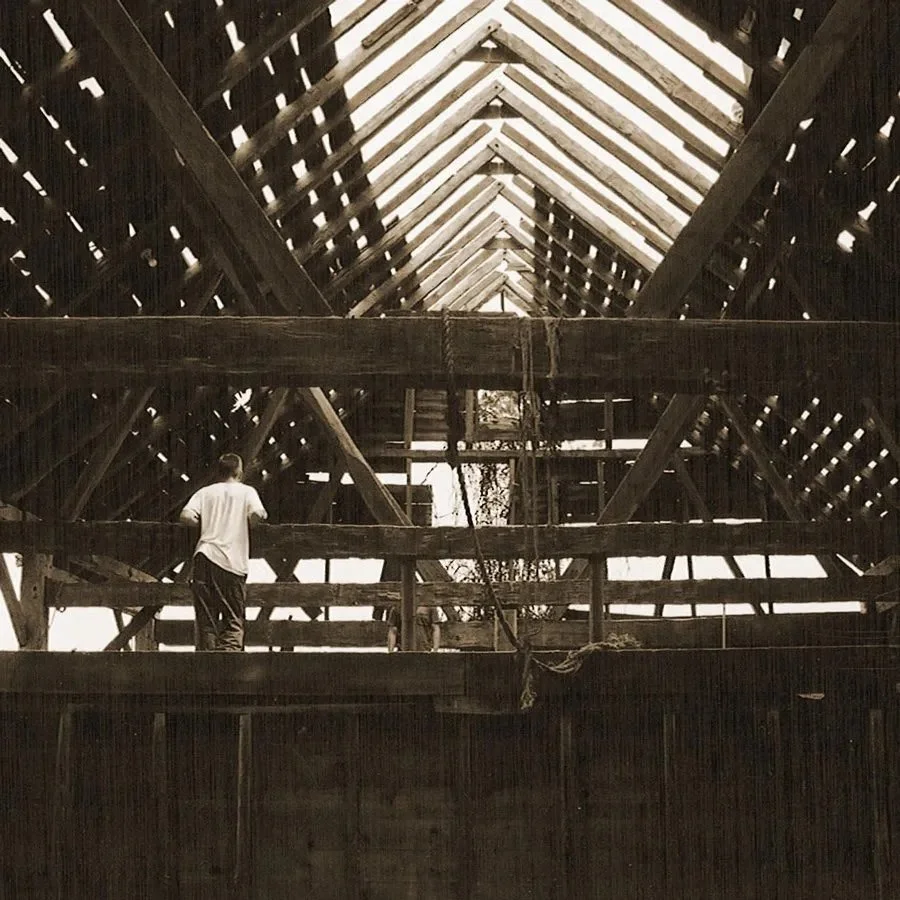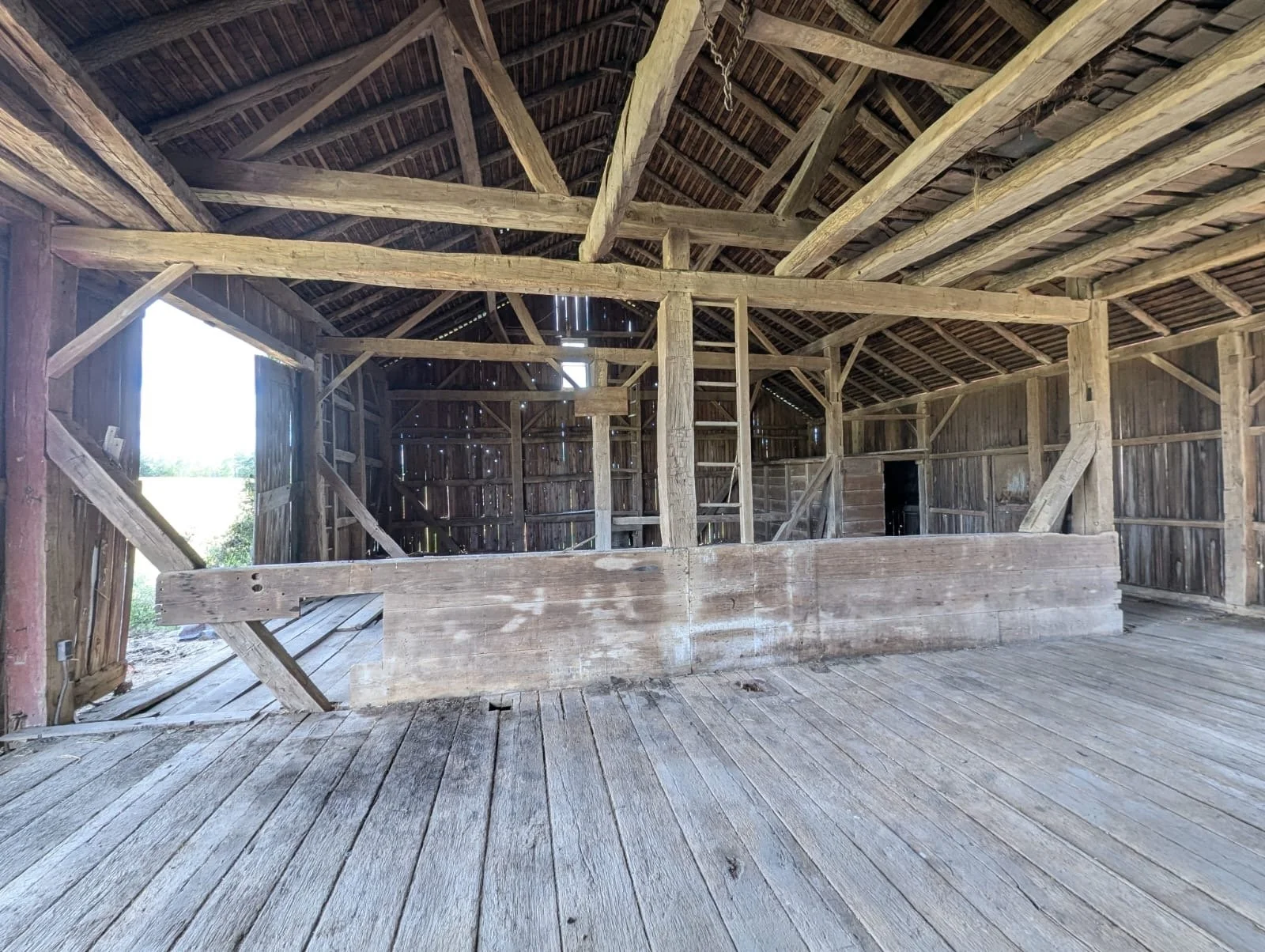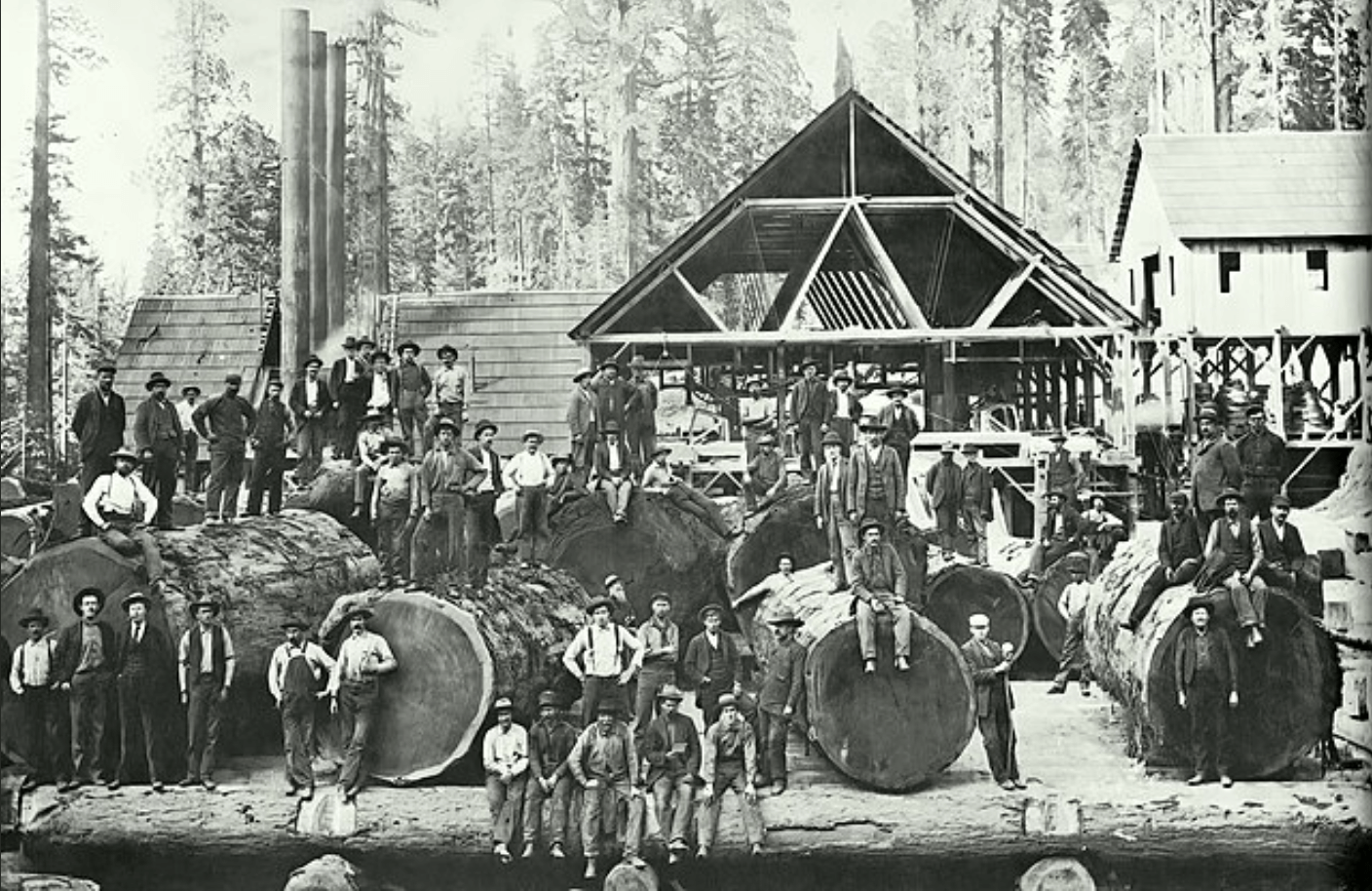About Us
Re-imagining past materials for the future, creating bespoke barn homes and spaces
We specialise in sourcing and supplying into Australia up to 250yr old historic North American and Canadian timber-framed barns and barn materials, in partnership with expert barn restoration specialists in North America. We also craft custom traditional timber frames and trusses using the reclaimed barn timbers. Additionally, we provide design services to assist in conversions, manage import logistics, and raise barn frames on-site.
We are driven by a commitment to authentic, reclaimed, and sustainable materials—giving them new life and purpose.
Where a barn once housed animals, feed, and equipment, it can now stand again as a home, venue, or another meaningful space, preserving its history while serving a new function.
We take pride in sourcing the highest-quality, most unique materials. Committed to authenticity, we celebrate texture, patina, and the rich character that reclaimed materials bring to a space. To ensure the highest standards, we work exclusively with the best suppliers.
For Australian conditions and regulations, we carefully select the most suitable barn frames from regions such as Upstate New York, Pennsylvania, Ohio, and Canada. The timber species vary, including Eastern White Pine and Hemlock, which develop a deep patina, as well as hardwoods like White Oak, Beech, Poplar, and Hickory.
a brief historyThe first barns in America were not originally American in design but were inspired by European longhouses, which combined stables and living quarters.
Early builders applied their expertise from constructing cathedral hallways to create spacious and functional farm structures. These techniques, brought over by the first settlers, led to the development of the classic English barn—one of the oldest barn styles still found in the landscape today.
From the early 1600s to the mid-1800s, timber framing thrived in America. With its vast forests, it was an ideal setting for this building style. Settlers crafted strong, innovative barns using long timbers from old-growth trees—wood that had developed undisturbed over centuries. Unlike today’s mass-produced lumber, this wood grew slowly, resulting in dense, late-season growth that made it highly resistant to rot. That durability, combined with skilled craftsmanship, is why antique barns from this era still stand—and still impress.
The legacy of timber and old materials speaks to a history rich with craftsmanship, sustainability, and connection to nature. Wood, as one of humanity’s oldest building materials, has been used for centuries across cultures and civilisations. Its legacy is rooted in both practical and aesthetic values, offering warmth, versatility, and durability.
In terms of architecture and construction, old materials like timber have provided a lasting impact on design. Traditional timber framing, stone masonry, and brickwork, for example, are still cherished for their beauty and resilience. Many of these materials were sourced locally, which made buildings deeply connected to their environment. Additionally, the patina of aged timber or weathered stone often carries stories of time, shaping the sense of place in historic homes, barns, and churches.
As society shifts toward sustainability, there’s a renewed interest in reusing old materials, including reclaimed timber. This not only helps preserve the aesthetic and historical value of older buildings but also reduces waste and environmental impact. Using recycled materials also speaks to a cultural shift back toward honoring craftsmanship and material integrity.
From a broader perspective, the legacy of these materials also ties into a cultural respect for the environment and a more mindful approach to resources. The enduring presence of timber and stone in modern design practices reminds us of the importance of heritage and the connection between human-made structures and the natural world.
Types
of Barns
English Barn
Built from the 1600s through the 1800s, English-style barns featured a large, open central floor designed for wheat threshing. On either side, small stabling areas housed the family horse and hay storage. Since early American farmers primarily focused on grain production, these barns prioritized threshing space, with few or no windows and a single door on the long side of the structure. It wasn’t until the 1800s that farmers recognised the benefits of natural light for livestock health, leading to the addition of more windows.
Bank Barn
Needing still more room for cattle, dairy farmers soon started building barns based off of the Yankee style into hillsides and banks, allowing them to easily add one or two stories to the structure.
Most commonly with the entrances on the gable ends, bank barns had cupolas and clapboards for ventilation. Bank barns remained common from the late 1800s through the mid 1900s.
New World Dutch Barn
The majority of Dutch barns were built in upstate New York, New Jersey, and Pennsylvania. The settlers in this area were Dutch and brought these designs over from their homeland.
The early settlers built these barns from their first arrival in New Netherland in the 1620’s until about 1820. Early travelers described this region as the most fertile in America and described these Dutch Barns as the grandest and most elegant barns ever built in America
”You may know that when you enter a church, basilica or cathedral, the large, open, central area is known as the “nave.” This term is derived from gazing up in the interior at the roof of a Dutch Barn. It looks like the planking and frames of an inverted wooden boat hull. The Latin word for ship is “navis” from which we derive the word “navy” and “nave.”
why a historic barn?Why Buy a Historic Barn Frame & Not a New Timber Frame?
Our antique timber-framed homes have timeless character that cannot be duplicated in a home built with new wood. The materials speak of a past in which craftsmanship and enduring quality went hand-in-hand. The hand-hewn structural timbers were cut from the early American virgin forests and are much larger than any timbers available today. These time-tested, hand-crafted structures are then finished with modern, innovative, energy-efficient designs and materials. The completed structures make beautiful and unique homes, guest houses, commercial spaces, event venues, and even…barns!













